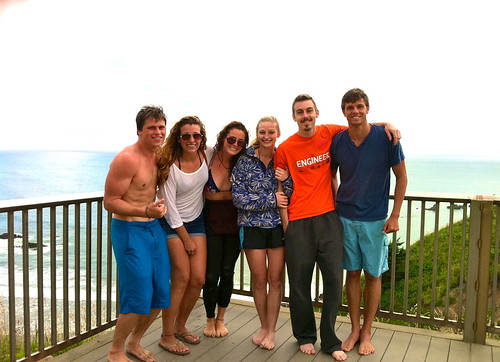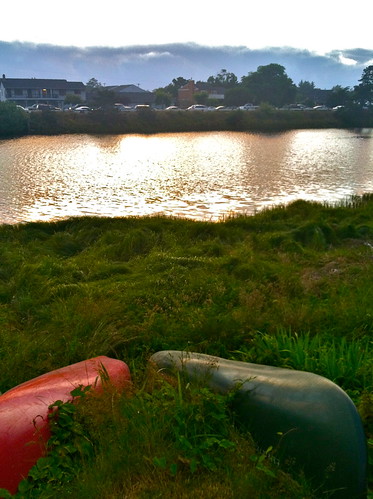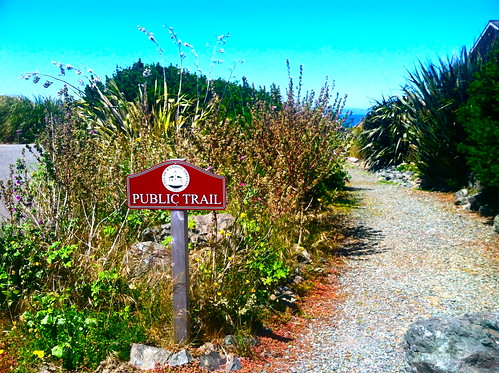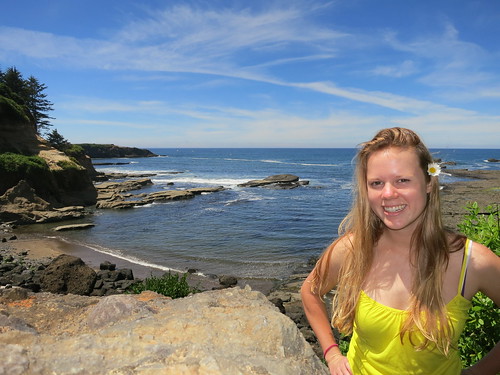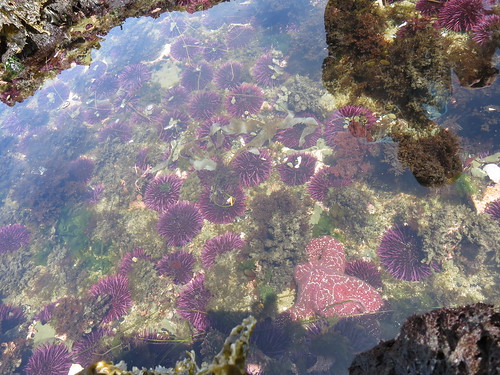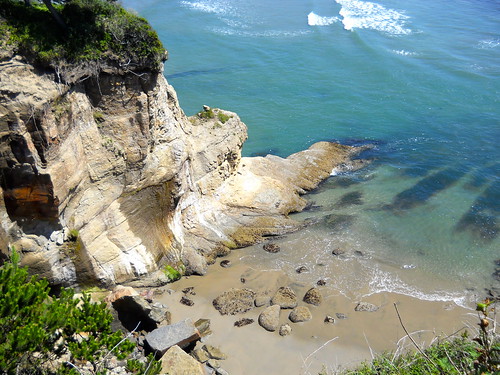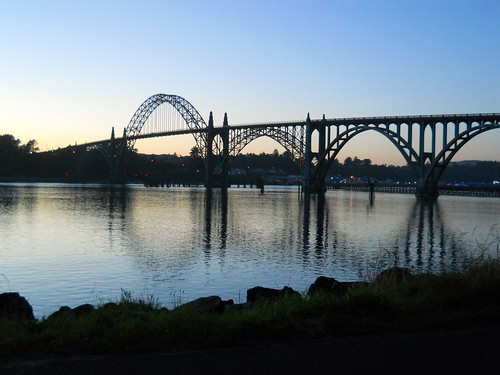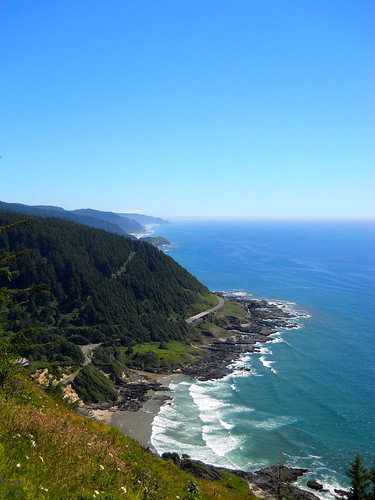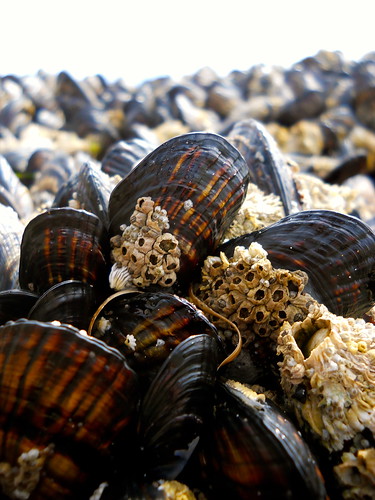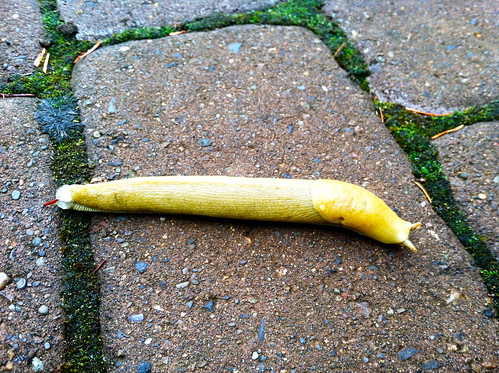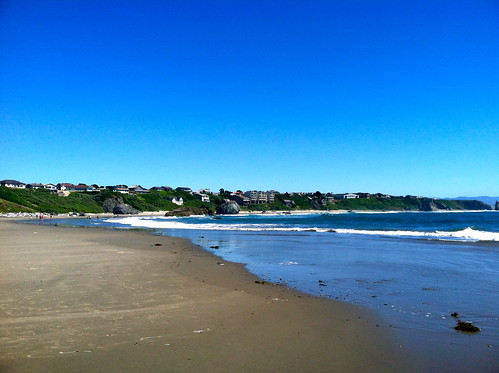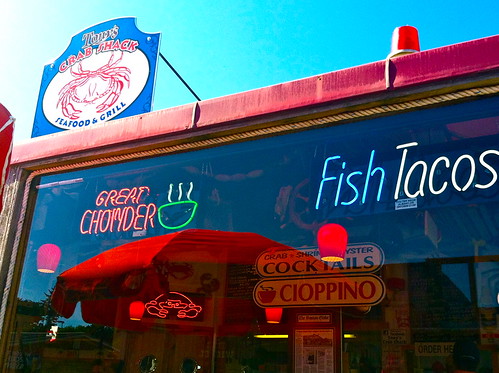Hello again!
With the holiday weekend over I must say I’m exhausted. I’m not sure where the week went! This past week at the ODFW was all about starting up our annual red rock crab surveys. Monday, Jim and I set eight crab pots off the docks of the small boat basin of Coos Bay. We filled them with leftover fish fillets thrown away by fishermen and boy, did they smell gnarly! We let them soak overnight and have been checking them daily in the mornings.
Past surveys have shown that basin is comprised of mainly Dungeness and red rock crabs. We have been measuring the carapace length and taking weights of whole (no appendages missing) Dungeness crabs. For red rock crabs we have quite the laundry list of tasks to perform and data to collect. Red rock crabs are weighed, carapace length is measured, and we check and account for missing appendages and determine the sex of the crab. We then tag the crab with a t-bar tag that includes an individual identification number that we can use for mark-recapture studies. We also clip the eighth carapace spine on the right-hand side to help compensate for tag loss. If a crab is a recapture we note that as well. Flyers are posted around the boat basin that encourages people to call in recreational recaptured red rock crabs with incentive of a prize. This is done to monitor removal of red rock crabs from the small boat basin. We hope to use this annual project to predict red rock population size and variability over years, as well as to monitor and analyze red rock crab recruitment.
And let me tell you, if you have never handled a crab you are in for a surprise. Watching my mentor work up crabs made it all seem very easy and effortless, but in reality there is an art to avoiding being pinched. Dungeness crabs will make your extremities sting for a short while, but get your hand caught in the grips of red rock chelae and you are in for a painful crush. However, I am slowly trying to master the art.
This week we also had the day off for the Fourth of July. OIMB held a lovely picnic overlooking the ocean on Cape Arago. The food was amazing: grilled oysters, BBQ tuna, hotdogs, and endless desserts. A few friends and I headed over to South Cove after lunch where we were lucky enough to spy a grey whale swimming fairly close to shore. We also found a washed up juvenile salmon shark with quite the chunk taken out of his left side. In the evening, we hiked down to Pirate’s Cove where we sat up on the rock faces that overlooked Bastendorf Beach and watched the locals set off some impressive fireworks.
In addition to the fun of field work and number crunching, I like to try something new each week. This week my friend, Jaron, taught me how to long board. My balance was great but my coordination was what onlookers could call, well, “lacking”. But after a couple hours I was zooming around without falling, a success in my books! It was so much fun and I am definitely going to continue practicing.
Each week here brings so much excitement! Can’t wait to see what this week has in store!




